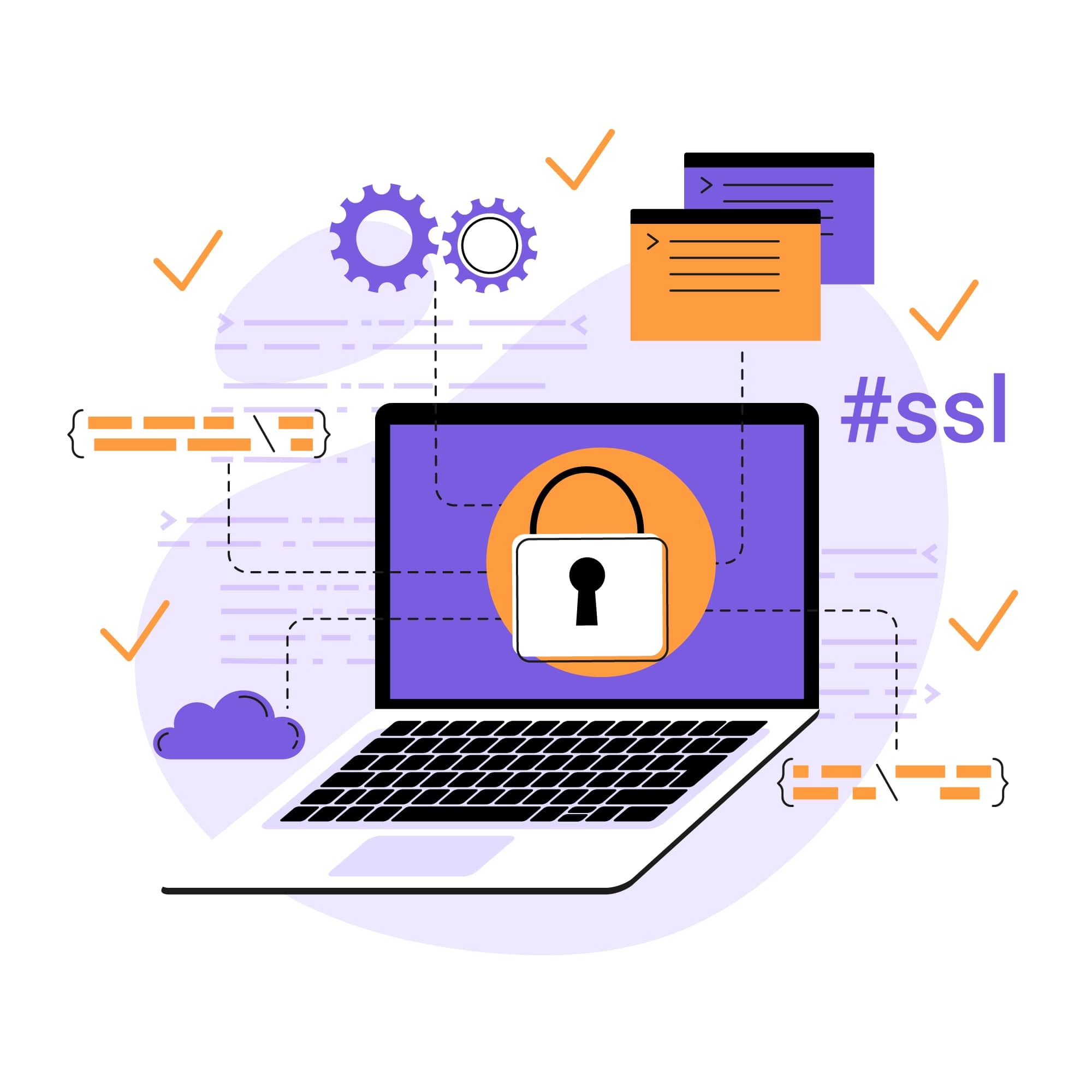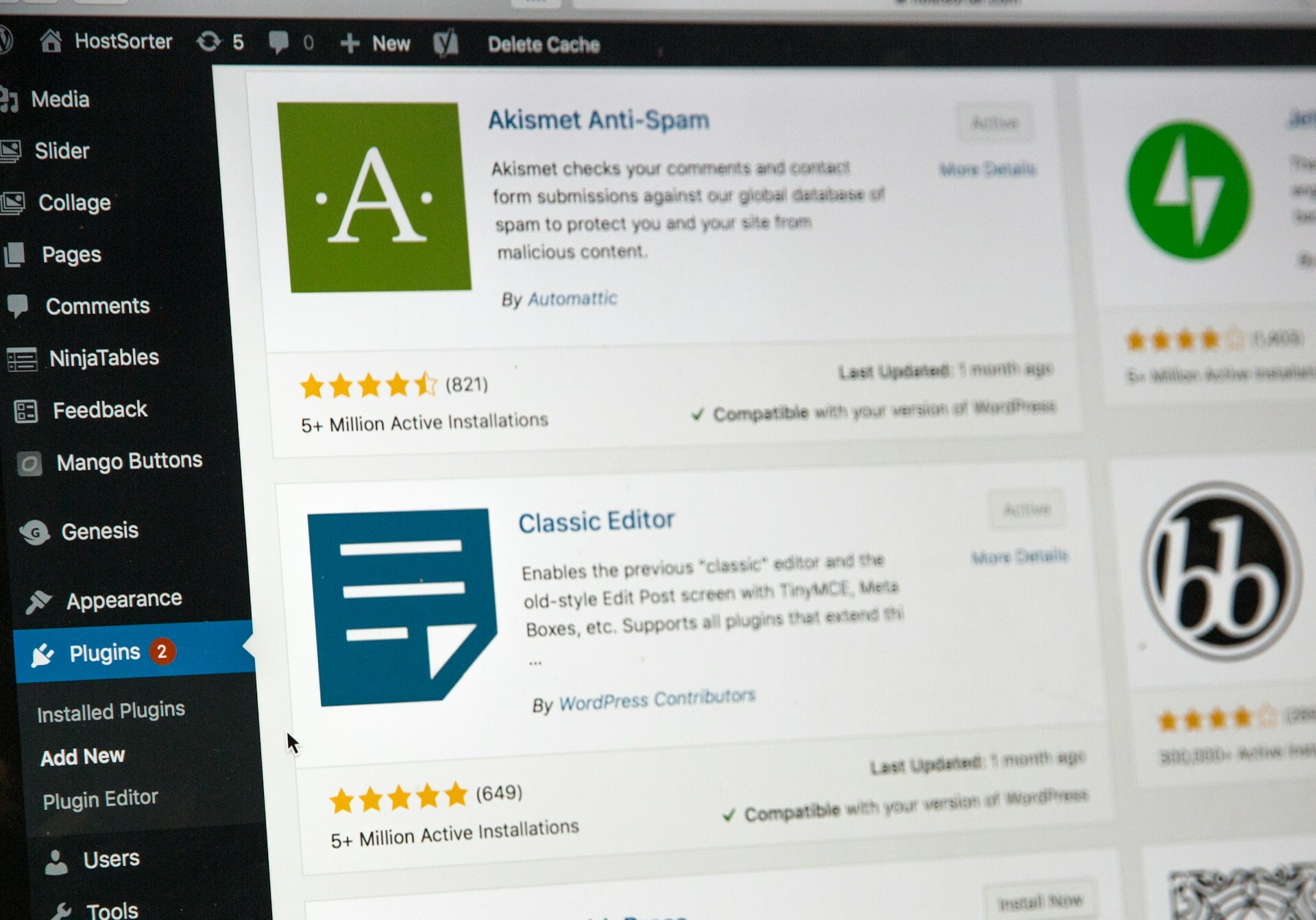
What is DNS Flooding? A DDoS Attack Prevention Guide
Distributed denial of service (DDoS) attacks are a type of cybersecurity threat that can temporarily cripple an organization’s entire DNS infrastructure. Such attacks are also becoming increasingly common, with nearly 70% of organizations experiencing 20-50 distributed denial of service attacks per month.
Given the increased frequency of DDoS attacks and their potential to disrupt critical operations, DDoS protection is a top priority for any cybersecurity team. To help you shore up any vulnerabilities that could leave your website or web application exposed to DDoS attacks, we’ll cover everything you need to know about this type of attack, including how they work, the impact they can cause, and how to prevent them.
What is a DNS flood?
A DNS flood attack is a type of DDoS attack that involves overwhelming the DNS servers of a specific domain with a massive volume of attack traffic. The goal of a flood DDoS attack is to disrupt the DNS resolution process so that legitimate users are left unable to access the domain.
There are a lot of specific types of attacks that fall under the umbrella of DNS flood attacks. This includes attacks such as:
- DNS Query Flood: This attack involves inundating a DNS server with an overwhelming number of queries, exhausting its resources and causing it to become unresponsive to legitimate requests.
- DNS Reflection Attack: In this type of attack, the attacker sends DNS requests to a large number of open DNS servers, forging the source IP address to that of the victim. The servers then respond to the victim, amplifying the attack's impact.
- DNS Amplification Attack: This type of attack involves using DNS servers that allow recursion and have misconfigured or open resolver settings to amplify their queries, making it appear as if the victim is being targeted by a much larger volume of traffic.
- NXDOMAIN Attack: This attack exploits the DNS resolution process by sending a flood of requests for non-existent domains, leading the DNS server to respond with "DNS NXDOMAIN" errors and overwhelming the server’s resources.
- DNS Water Torture Attack: This is a stealthy attack where the attacker sends a continuous stream of small DNS queries for non-existent subdomains of a valid domain name. This helps to evade detection, potentially causing prolonged strain on the DNS infrastructure.
- Random Subdomain Attack: This type of attack involves generating a large number of random or non-existent subdomains under a legitimate domain, aiming to overload the DNS server with lookup requests.
- Domain Lock-up Attack: This type of attack uses special domains and resolvers to form TCP connections with legitimate resolvers. The domains then send back slow streams of random packets to tie up the target resolvers' resources.
How DNS flood attacks work
There are a lot of different types of DNS flood attacks, but they all have essentially the same objective: to inundate a target server or network infrastructure with an overwhelming volume of traffic. They typically involve using botnets to spoof legitimate traffic.
In some cases, DNS flood attacks are used to hold organizations ransom, with the hacker promising to lift the attack once a ransom is paid. In other cases, DNS flood attacks are launched purely for retaliatory purposes with no other objective but to cause the organization harm. Either way, the impact of a successful DNS flood attack can be devastating to a business in a variety of different ways.
Common signs of an attack
DNS flood attacks can sometimes be difficult to spot, with the attack traffic being largely indistinguishable from legitimate traffic. With that said, being able to spot an attack quickly is a key part of DNS security and DDoS mitigation. To help you spot DNS flood attacks in real-time, here are the common signs of an attack you need to be on the lookout for:
- Unusual traffic patterns: A sudden surge in incoming network traffic, often well beyond typical levels, is a clear sign of a DDoS attack.
- DNS server performance degradation: If a DNS server experiences a significant drop in responsiveness, struggles to resolve queries, or exhibits unusually slow response times, it may indicate an ongoing DDoS attack targeting the DNS infrastructure.
- Anomalies in DNS query rates: An abnormal spike in DNS query rates, especially when they are significantly higher than the server's capacity or vastly exceed regular query patterns, is a strong indication of a DDoS attack.
- Utilizing network monitoring tools: Network monitoring tools can provide real-time insights into traffic patterns, allowing for the swift detection of unusual traffic patterns.
Impact on an eCommerce business
The impact of a DDoS attack on an eCommerce business is often multifaceted, with the damage coming in numerous different forms. A disruption of online services is the most obvious impact of DDoS attacks, but this is something that can lead to a range of secondary problems. Financial losses, loss of productivity, reputational damage, and legal consequences are just a few of the ramifications an eCommerce business can face if it is the target of a DDoS attack.
How to prevent them
There’s no understating the damage that a successful DDoS attack can cause. Thankfully, there are several effective ways for eCommerce companies to go about preventing these attacks.
If you would like to bolster and optimize your organization’s security against all types of DNS flood attacks, here are a few proven strategies to consider:
Implementing rate limiting
Rate limiting is a practice that entails setting predefined thresholds on the number of DNS queries a server can receive within a specific time frame. This allows you to restrict the volume of queries the server is able to receive from a single source or IP address, limiting the effectiveness of an attacker's attempts to overwhelm your DNS server with an excessive number of requests.
When implementing rate limiting, it’s essential to carefully configure rate limits to balance legitimate user access with protection against DDoS attacks. Be sure to regularly monitor and adjust rate limits based on network traffic patterns to maintain this optimum balance of security and performance.
Using Anycast DNS
Anycast DNS is a powerful technique for distributing DNS services across multiple servers located in different geographic areas. It works by associating a single IP address with multiple physical servers. When a DNS query is made, the Anycast network routes the request to the nearest available server.
This not only improves response times for legitimate users but also disperses the load of incoming queries. In the event of a DNS flood attack, the fact that the traffic is spread across the Anycast network will make it more challenging for attackers to overwhelm any single server.
Utilizing content delivery networks (CDNs)
Integrating a content delivery network (CDN) into your DNS infrastructure can significantly improve its resilience against DNS flood attacks. CDNs operate by caching website content on servers strategically located around the world. In the event of a DNS flood attack, the CDN can absorb a substantial portion of the traffic, thus reducing the strain on your origin server.
As an added bonus, utilizing a CDN can also improve your website’s speed, boosting both its performance and its SEO.
DNS firewall and filtering
One of the most effective things you can do to protect against DDoS attacks is to implement a DNS firewall and filtering solution. These tools work to automatically scrutinize incoming DNS requests and filter out any requests that seem malicious or suspicious.
By employing a combination of blacklists, whitelists, and behavioral analysis, a DNS firewall can identify and block potentially harmful queries. This allows you to prevent DNS flood attacks around the clock using automation to detect and prevent them before they happen.
DNS traffic monitoring and analysis
Continuous monitoring and analysis of DNS traffic is a vital part of protecting against DNS flood attacks. By using specialized tools and platforms that provide real-time visibility into DNS query patterns and traffic behavior, you can establish baselines for normal DNS activity and swiftly detect any anomalies that could indicate a DDoS attack.
This proactive approach enables rapid response and allows you to implement countermeasures before the attack reaches critical levels. It’s also a good idea to regularly review and analyze DNS traffic data to refine your security strategies and stay ahead of evolving threat landscapes.
Best practices for mitigation
Along with using the strategies outlined above for preventing DNS flood attacks, there are also several other best practices organizations can use to mitigate their impact. This includes mitigation strategies such as:
- Diversifying DNS infrastructure: You can establish a diverse DNS infrastructure by deploying servers across multiple physical locations and utilizing various DNS service providers. This redundancy minimizes the potential for disruption by ensuring that if one component is targeted in a DNS flood attack, the others can continue to serve DNS requests.
- Employing intrusion detection systems: Intrusion detection systems can be configured to monitor DNS traffic for suspicious patterns or anomalies indicative of a DDoS attack. This allows you to mitigate the impact of DNS flood attacks by swiftly identifying and responding to potential threats
- Disaster recovery and business continuity planning: Make sure you have thorough disaster recovery/business continuity plans in place that will reduce the damage caused by DDoS attacks. With proactive measures such as website backups and plans for restoring DNS services, you can ensure that your company is prepared to respond effectively in the case of a DNS flood attack.
Protect yourself from DDoS attacks with SiteLock
As the frequency of cyberattacks continues to rise, guarding against attacks such as DDoS attacks is a top priority for companies across all industries. If you would like to bolster your company’s defenses against DDoS attacks and numerous other forms of cybersecurity threats, using a security platform such as SiteLock is a great option to consider.
Don’t let your eCommerce company become the victim of a successful DDoS attack. Sign up for SiteLock today and get started protecting against DDoS attacks around the clock!





